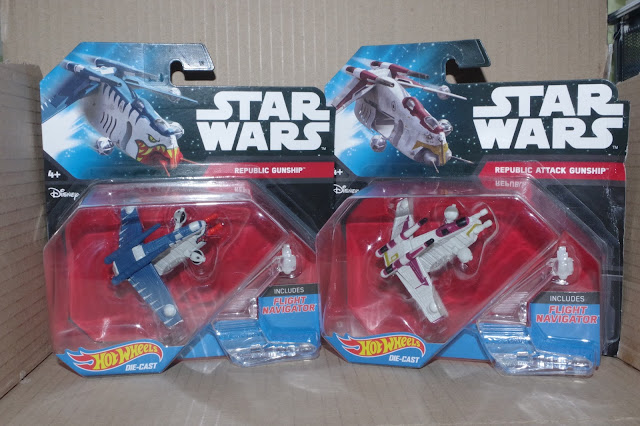A while ago, I umpired
a game of Sharp Practice for Andy and Nick at
the club. The scenario was one where the Union side had to try and capture some reboubts that had been abandoned by the Confederates, while the Rebels were attempting to regain control of the same defences.
The scenario was fundamentally sound, but the Union side was pretty much handicapped by having too much open ground to cross before being able to engage with the enemy. I wanted to replay this, but decided that what was needed was a more cluttered table, so that there was more cover for the attacking Union troops, led by me. I also gave them a unit of cavalry, who were defined as Dragoons with breech-loading carbines. The Confederates, with Nick once again commanding, gained an extra unit of musket-armed militia.
Here is the battlefield, with more tree cover and fences than previously. The hill on the Union side creates the effect of a valley between the two sides.
From this end of the table. we can see the Union deployment point, marked by the tents. The Confederates will deploy from the middle hill on the right of the table.
The Union troops began to deploy quickly, with the carbine-armed cavalry aiming to secure the hill on the Confederate left.
The Rebels also began to deploy, with their cannon making an early appearance.
Quickly getting the cannon into the central redoubt, and a unit of skirmishers in the paddock below the hill, the Confederates had stolen a march on the Union troops
While the main body of Union infantry took up a firing position along the fences on the Union right flank, both units of skirmishers and a second group of infantry took up position on the hill and in the wooded ground in the valley. From here, the idea was for the skirmishers to advance and pick off the gun crew.
On the Union right, the cavalry advanced, dismounted and began to deploy in cover behind the hill on the Rebel left.
The main Confederate infantry line waited in support of the cannon position, with the militia being pushed forward to try and neutralise the Union skirmishers, whose accurate fire had already caused casualties and shock on the cannon crew, actually hitting the gun commander and knocking him out. He would stay down for much of the battle, limiting the effectiveness of the cannon.
The Confederate infantry were soon in action against the dismounted Union troopers, to good effect. The Union skirmishers were also taking casualties but succeeded in driving off the Confederate sharpshooters who had been screening the gun.
The dismounted cavalry were forced back with heavy losses but were replaced by the main Union infantry line, who split into two parts and advanced to occupy the hill.
The central redoubt was captured by Union skirmishers, who succeeded in killing the gun crew, but were themselves then pushed back. This fight would to-and-fro for a while while the Union troops were able to force the Confederate militia to flee the field.
Although the troops on the Confederate right had been mainly stuck with the task of holding the redoubt there, they did eventually send one group of men to reinforce the centre, making it difficult for the weakened Union centre to hold on to the redoubt. With one redoubt in Union hands and two controlled by the Rebels, the issue became one of attrition. Which side was strong enough to seize the advantage?
As things turned out, the Union forces would prove to be too weak to press their advantage so, with time running out, the game was guaranteed to be a draw. Perhaps the Union side had a slight advantage in numbers, but not enough to capture the central redoubt.
Once again, this scenario was an entertaining one. In typical Civil War style, the fighting was inconclusive, with both sides taking a lot of casualties. With hindsight. it would probably have made more sense to send the cavalry on a long flanking manoeuvre on the Union left and use the skirmishers on the right instead, sending the bulk of infantry through the centre.




















































